Transforming Phonics Instruction: Becoming a “Secret Agent” of Change in Your School!
Title I Teacher (a.k.a. “Secret Agent” Amy Mitchel) Goes Undercover…. and takes her “student detectives” with her!
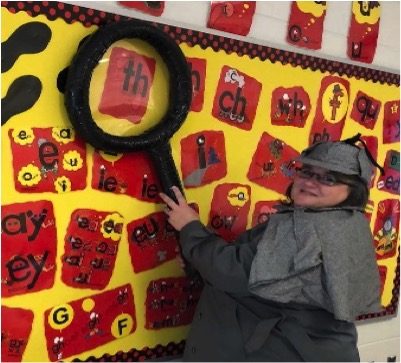 My name is Amy Mitchell. I am a reading specialist and Title I teacher in Wyoming County, West Virginia. In all the years that I’ve been working with kids, I have never had more fun or more success than I’m having now, and neither have my kids! What’s the difference? I have discovered the Secret Stories!
My name is Amy Mitchell. I am a reading specialist and Title I teacher in Wyoming County, West Virginia. In all the years that I’ve been working with kids, I have never had more fun or more success than I’m having now, and neither have my kids! What’s the difference? I have discovered the Secret Stories!
I teach struggling learners, and sometimes it can be difficult to get them to pay attention, to learn, and to use that learning at the appropriate time. They do not always understand that a letter with two humps is an /m/, nor do they often care. We “teach” them and we “tell” them, “This is a /m/ and it says “mmmm,” or this is an /l/ and it says “llllll,” and then we assess them and they have little to no recall of these “randomly appearing” symbols and sounds.
One such kindergartener was in my class last year. She was just adorable, but had such trouble focusing on lessons and attending to tasks, and knew only one letter on her first assessment…the letter /s/. We taught and taught and taught….letters of the week and high frequency words, as per our scope and sequence in Journeys, along with every other creative way to practice letter sound skills you can think of. By November, she had picked up a couple letter names and sounds, but really wasn’t getting it.
Enter the Secret Stories…
I met Katie Garner at our state reading conference in November where she was doing the keynote and some break-out sessions. In the breakout, Katie showed us “The Better Alphabet Song” which is supposed to “give” (not “teach”) all of the individual letter sounds using muscle memory, so as to take just 2 weeks to 2 months to acquire, both for kindergartners and preK (which I also teach). Katie also shared some “Secrets,” which explained the sounds letters make when they get together. She explained that the Secrets should be “tossed out” as needed, so that kids understood why letters weren’t always making the sounds that they should, and that this should happen in conjunction with kids learning the individual letters, via the “Better Alphabet.” That way, kids would be able to make sense of what they were seeing in text throughout the day.
The Better Alphabet Song
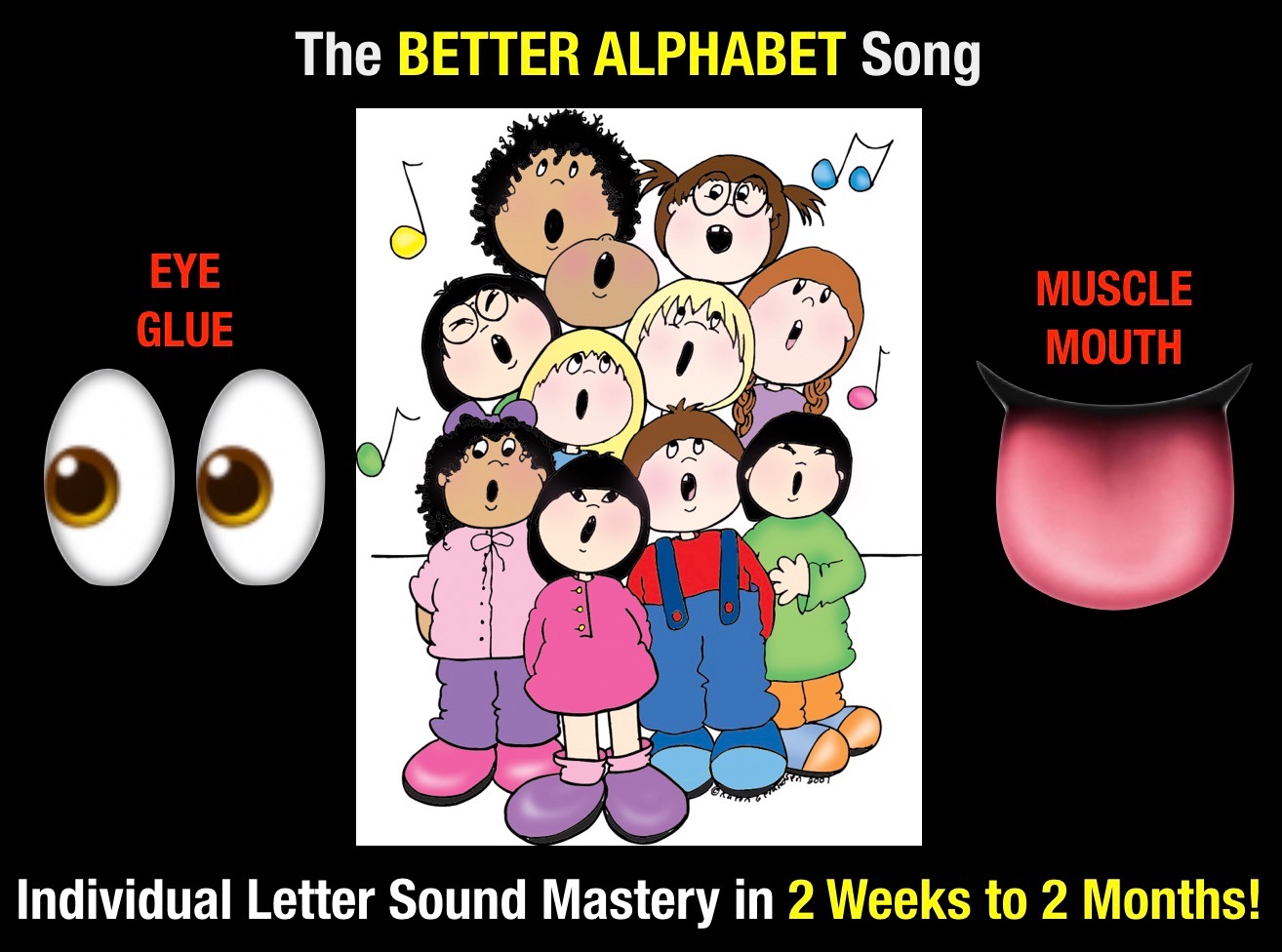
When I got back from the conference, I found and watched every video I could (some many times) that Katie had online, and on my first day back, I just jumped in! It was the last week before Thanksgiving, so feeling that I had nothing to lose, I took right off implementing it in my classroom visits, I started singing “The Better Alphabet Song” twice a day, just like Katie said to, and I made sure that they were using their “muscle mouths” (were REALLY working their lips, tongue and teeth when singing, so as to “cement in” the sounds)…..

…..AND that they were using their “eye glue” (i.e. keeping their eyes “glued” to the letters that I was pointing to as they were singing them. Katie had stressed over and over that to really forge the connection between the symbol and sound, kids had to “see what they sing” and “sing what they see,” as otherwise, they’ll be able to sing all the sounds but won’t be able to use them for reading and writing. 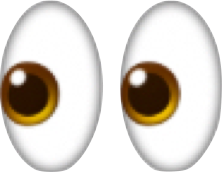
I also started sharing some Secrets, even though I honestly didn’t think it would make much difference kids who still didn’t even know their basic letter sounds.
I went into class for a 45 minute time slot daily and told them Secret Stories and sang “The Better Alphabet Song” twice in that time slot. I showed them Secrets in their sight words, and we found other words with the same Secret. That’s all I did differently.
The SECRETS to Teaching Sight Words
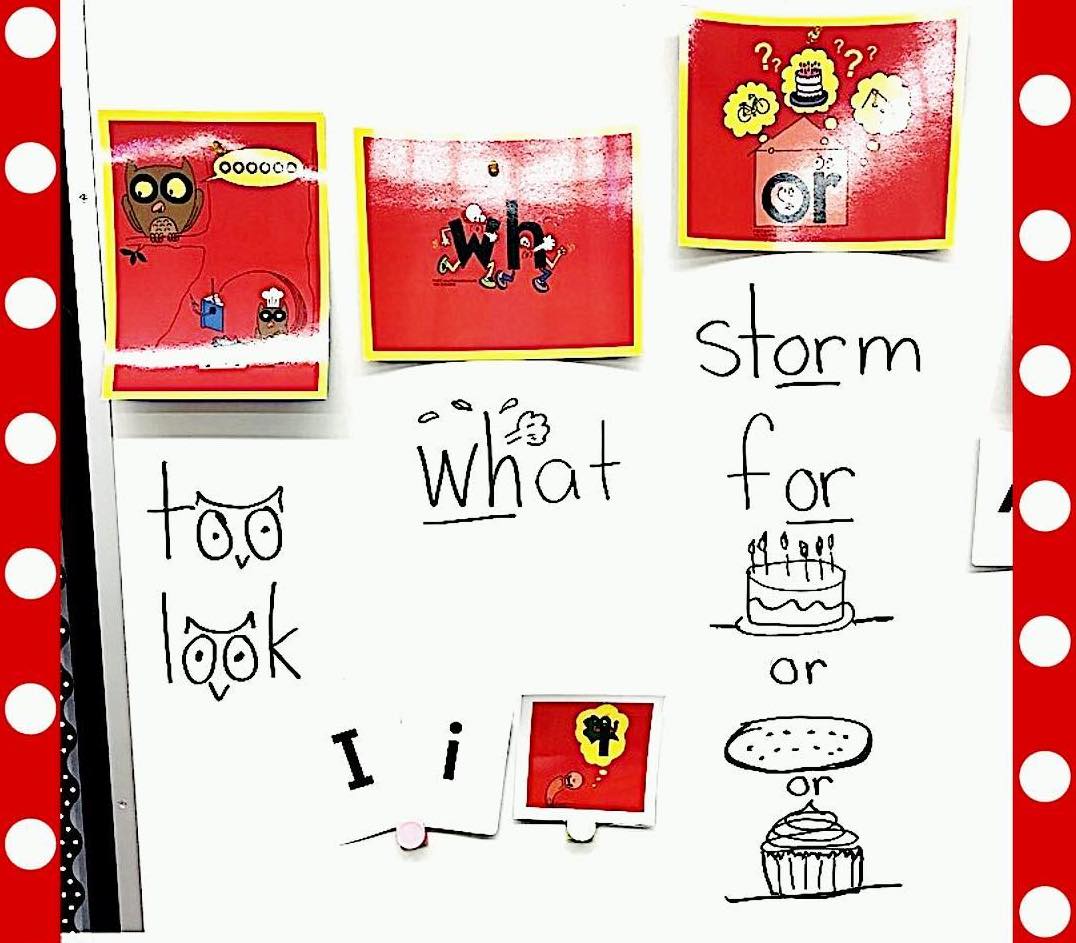
The regular teacher of the little girl about whom I was so worried was out on maternity leave, and they had had substitute after substitute, so aside from my daily 45 minute visits, there was no stability. But when I came in, she would lean in to hear the Secret Stories I told. She LOVED the Secrets. Despite not yet knowing their individual sounds, she obsessed with their “secrets!”
Fast-forward to the week before Christmas break when it was time to assess again and this sweet little girl now know 14 letters and sounds! Growth!!! And it had barely been three full weeks— one week before Thanksgiving and these two weeks before Christmas!
Phonics Screening Assessment/ Phonics Check
So back to the assessment…
What I found most surprising when testing this little girl, beyond the fact that she now had 14 letter sounds, was what she said when I asked her about the letter /y/. She didn’t know the name of the letter, but when I asked her about its sound, she answered in a profound way that shows the power of the Secret Stories for any learner, especially those who are struggling.
She said, “I know when it’s the line leader it says ‘yuh, yuh, yuh’ cuz it’s being good, but when it’s at the end, it says ‘e’ or ‘i’ cuz it’s being sneaky.” She couldn’t remember the letter name, and yet its three positional sounds, which aren’t aren’t even supposed to be taught until second grade! I was amazed. (If you don’t know the Secret Stories, and aren’t yet privy to who Sneaky Y® is, click here!)
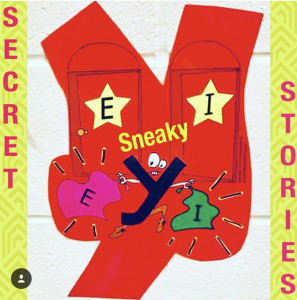
When you teach reading to early grade learners, it’s so easy to lose sight of the big picture, given the grade-specific phonics skills and their incremental assessments, but ultimately, what really matters is that kids are able to sound out words for reading and writing. Knowing what the letter /y/ is called doesn’t help you read or write words, but knowing the different sounds it’s likely to make depending on where it is in a word, does.
The “story” part of the Secret Stories appeals to a different part of the brain, a part that develops much earlier. It gives them a place for the letter sounds to “stick” and a different pathway for recall. It’s just incredible how it works.
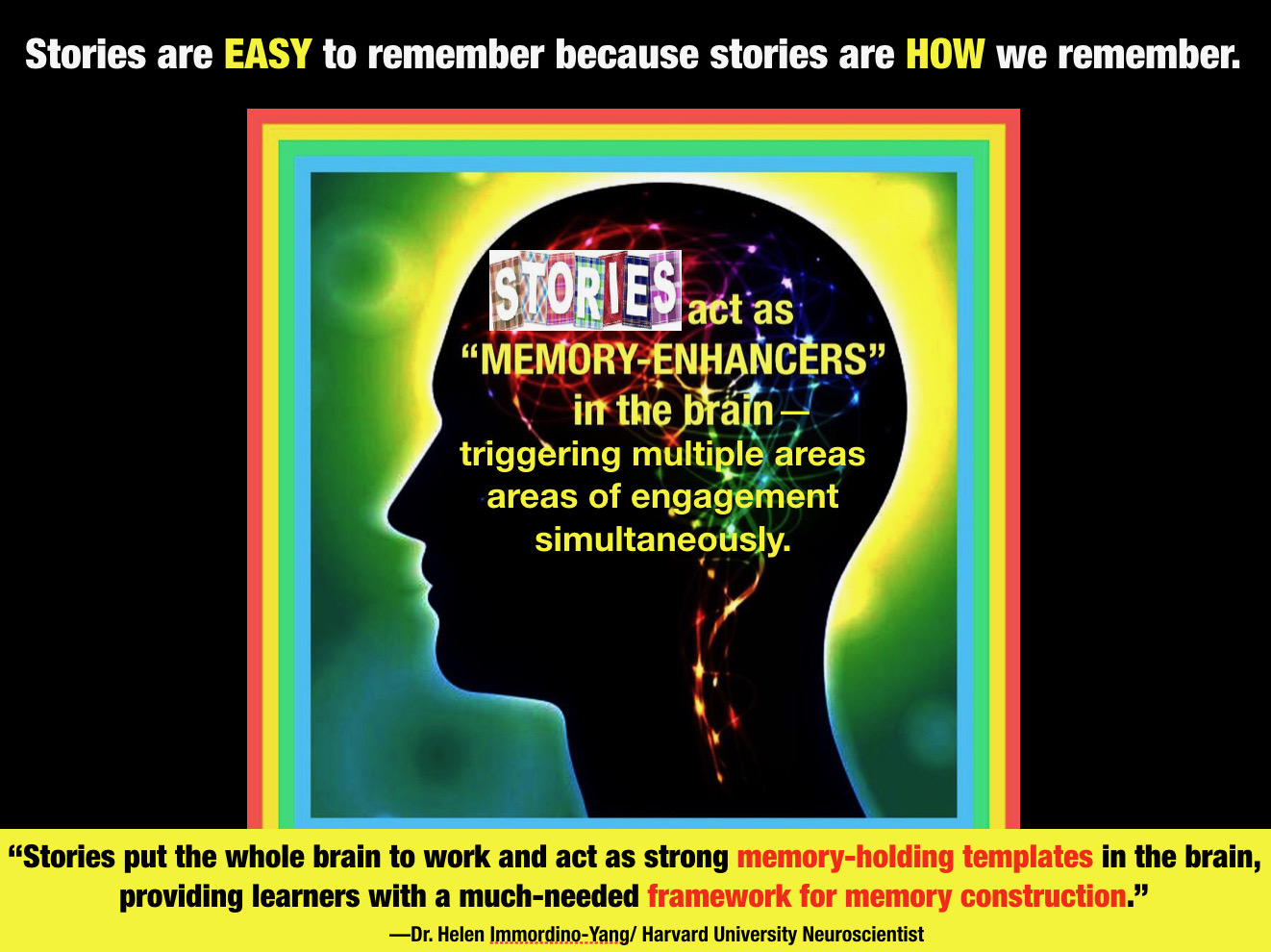
At the year’s end, that child knew ALL of the letter names and sounds….and some Secrets!!! I was sold completely. Soon the Secrets were spreading with such success that our school board came to observe the Secret Stories in action during a meeting in our building. They loved it! News spread fast and soon other schools were wanting it, so Katie came and trained our whole district.
Phonics Workshop/ Phonics Training

Now that it’s county-wide and everyone loves it, it’s spreading even more! We are adding our PreK and Head Start classes!
Fun Phonics Lessons with Secret Agent Mitchell
With inspiration from a friend and Pinterest, I decided that I would develop the theme of the “Secret” stories and made myself into a “Secret” Agent. When I first went into each classroom to introduce myself (and the Secret Stories), I dressed up in my Sherlock Holmes costume, trench coat, and had an oversized magnifying glass, all while the “Pink Panther” theme song played!
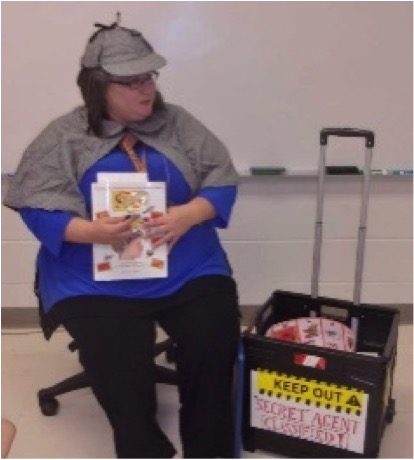
Since I traveled from room to room, I even decorated the cart that I pull with signs that said, “Top Secret” and “Keep Out” signs, with caution tape around it! I told the kids that all the Secrets I have inside are TOP SECRET and can only be accessed by me, or someone who is granted “clearance!”
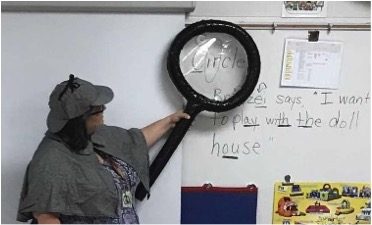
We talked about what secret agents do, and how they must be trained to watch out for bad guys who try to trick them into doing things they aren’t supposed to do. Then I told them that letters sometimes try to trick us, and that it’s usually the vowels that try to do this, but that if we were good detectives, we can catch them, find out what they’re up to (i.e. discover their “Secret”) and unlock the hard word.
I read them a story of a trickster letter named Sneaky Y®, who was guilty of “breaking and entering,” as well as stealing and then impersonating others.
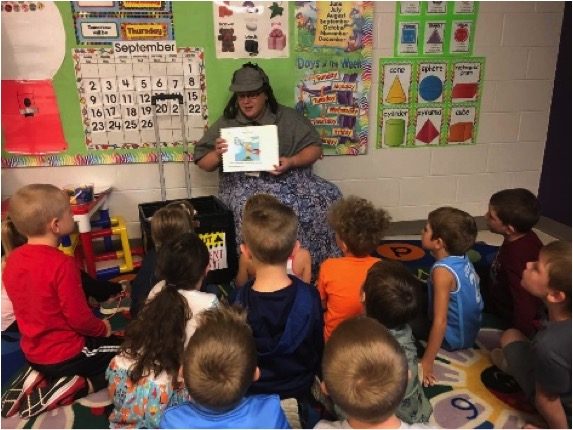
We even used a magnifying glass to find that sneaky guy when he was hiding behind a tree with a spy glass (telescope) and spotted him in lots of words as well. They LOVED it! (You can find the story that I’m reading to them about Sneaky Y® here.)
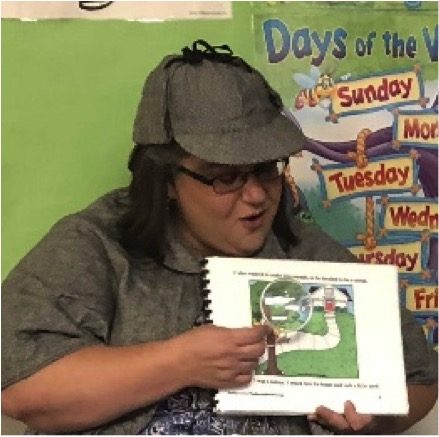
Of course, I had to mention that sometimes, letters are caught not doing what they are supposed to, and even breaking the “Secret” rules, so then they must go straight to jail!
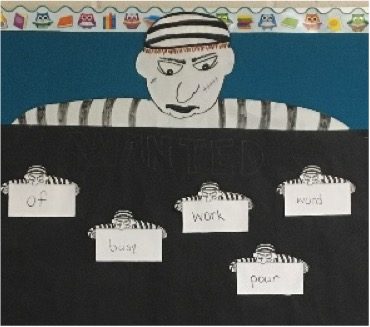
I’ve told them about the “Thinking Vowels/Head Bop” trick, which allows some words to be “re-habilitated” (i.e. decoded) and not have to go to jail. I love that idea and so did they!
Even my classroom requires the highest level of security clearance, and may be accessed only by a scanned image of my handprint! No one else’s handprint will unlock the door, since I am the “Top Secret Agent!” (Not that they don’t love trying to “scan” their own handprints for unauthorized entry!)
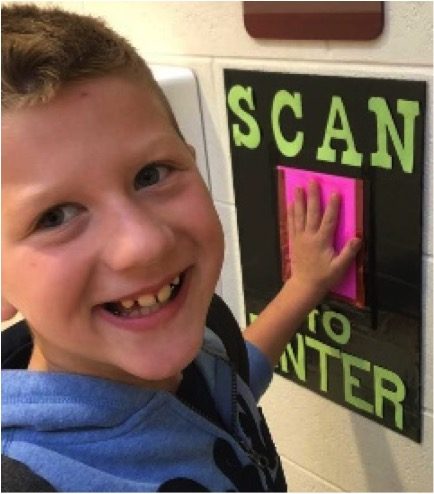
Of course, the walls are covered in Secret Stories® posters, but I also hung silhouettes of secret agents to “guard” all the Secrets in my room. One can be seen “guarding” the Secret Stories® Better Alphabet Chart, keeping safe “every letter, every sound, every day.”
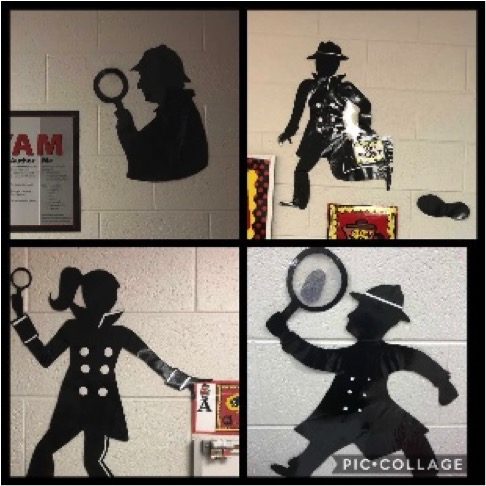
Our Secret Phonics Posters
Another one of my agents is always keeping an eye on our Secret Stories phonics posters.
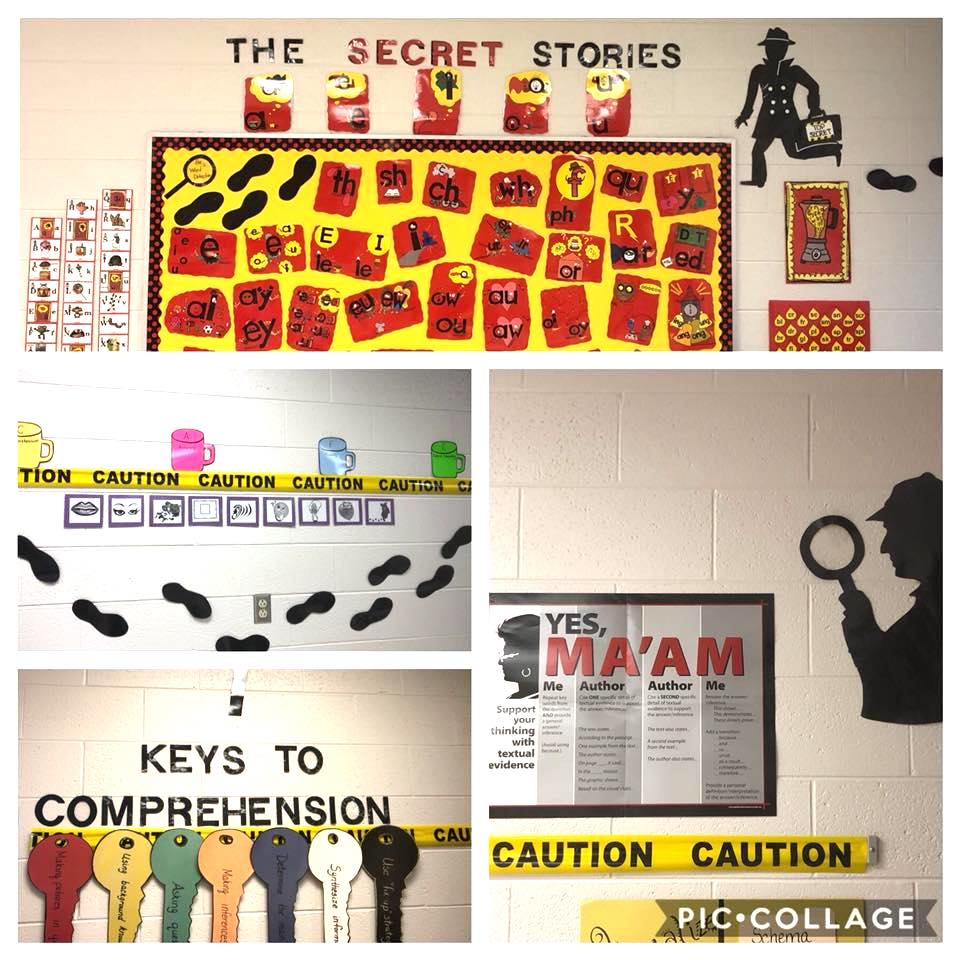
I have other agents watching our “Keys to Comprehension” (Zimmerman and Hutchins) and writing charts because decoding leads to “cracking text” for reading and writing. which only build upon one another. All of this leads to even more phonics fun and “Secrecy!”
I even transformed my big storage cabinet into a “secret vault” with a safe lock that can be accessed only with a “secret code” and scanned fingerprint!
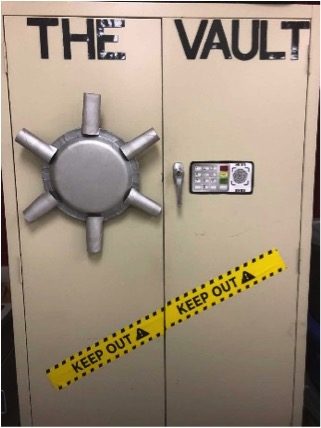
I tell the kids that inside the vault are lots of ways to practice our Secrets with reading and writing. In truth, it contains all of my existing reading resources—different learning games for phonics practice, sentence building, and sight word practice —all of which leads us to discover more Secrets! And that’s another thing I love, which is that Secret Stories work with anything and everything because they are teacher tools, as opposed to another phonics “program.”
A Scope and Sequence for Phonics Programs and Instruction
As a Title I teacher, I do classroom visits, as well as “pull-out” groups. I bring kids to my “Secret Agent” room and tell them they are now “commissioned” as detectives to find “Secrets” in words, so as to unlock their sounds and read them. Our reading program refers to our secret mission simply as “decoding,” which doesn’t exactly excite kids. If we just stick to the script of our reading series and follow its slow scope and sequence for phonics skill introduction, kids in kindergarten and first grade would have to wait years for the “keys” to the code (i.e. Secrets) to unlock the words they see every day!
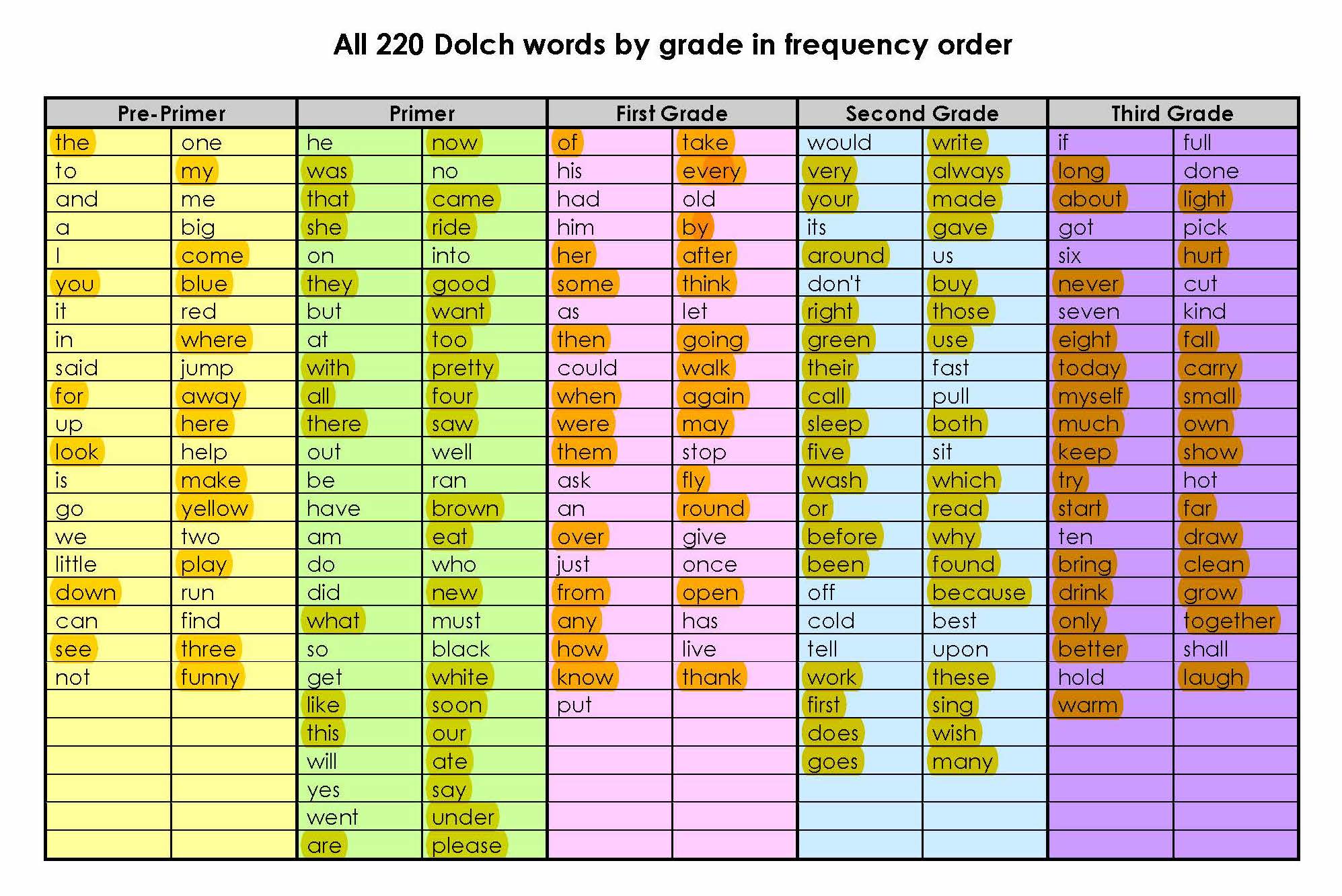
And upper grade, struggling readers might never get them, as they often missed the boat (or as Katie says, the “bus”) at the earlier grade levels when these critical code-skills were introduced.
In fact, the sounds that letters are actually the most likely to make (when they come together in words) aren’t even introduced in the scope and sequence until late first or even late second grade! How tragic! Especially when we have kindergartners easily unlocking words that would have been challenging to our second graders in previous years. It’s just amazing.
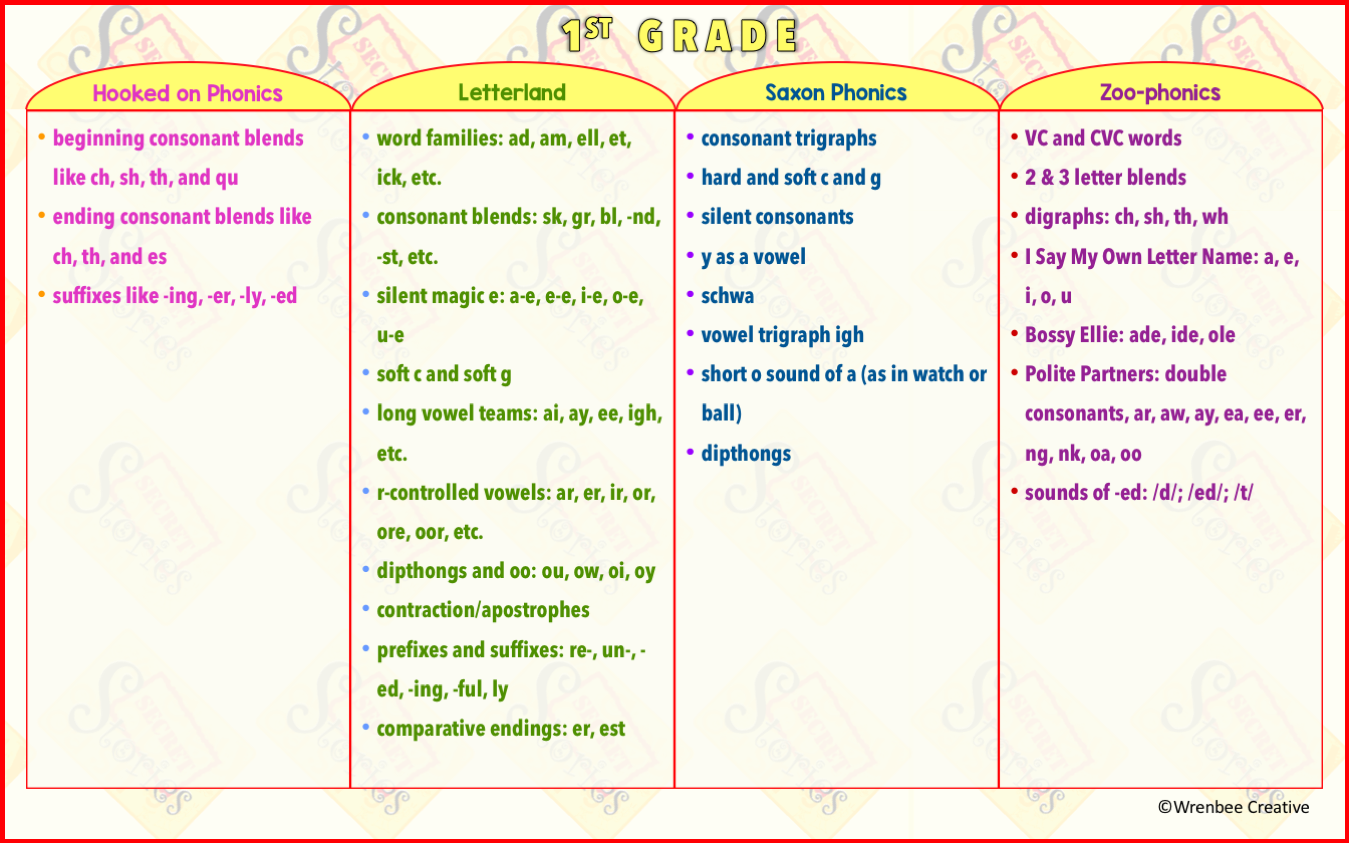
Teaching Beginning Writers
And Secrets aren’t just for reading. They are equally useful in getting secret agents to WRITE, as this only increases their fluency and automaticity. Katie talks about the inherent connection between reading and writing in brain, particularly at the beginning grade levels. The same Secret Stories posters we use to identify the sounds we need in reading are equally helpful for writing, as kids know that they can find any sound they need and just copy down the corresponding Secret pattern.
I use white boards often to build words and play with phonemes and letter/sound substitutions while making it fun and fast to practice letter formation and encoding to the point of automaticity. To kick it up a notch, and keep with my Secret Agent/Detectives theme, I use “invisible ink” tablets so that we don’t leave any clues behind about our Secrets! (Of course we really WANT the Secrets out! Everywhere! But the idea that they are OUR Secrets just makes kids want them MORE, and adds to the fun and secrecy!)
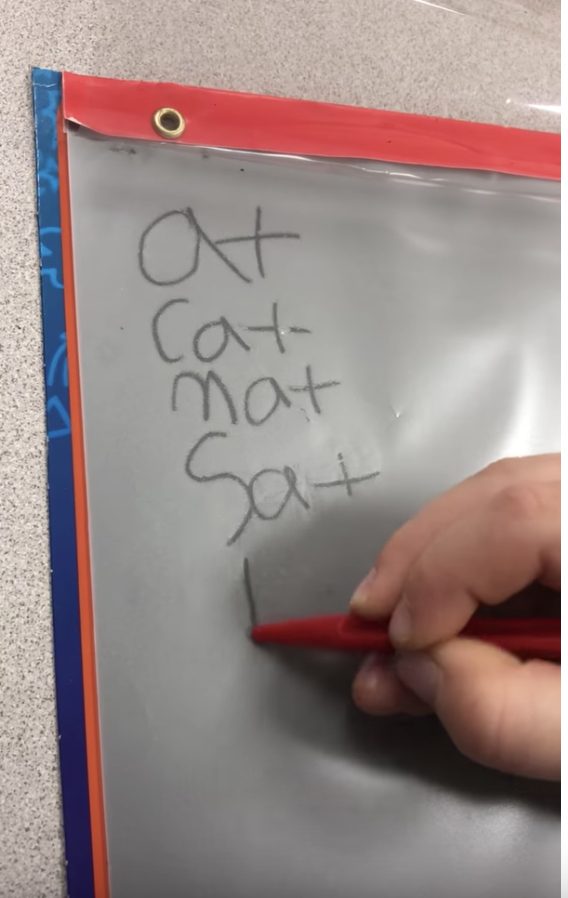
The Dollar Store has these little tablets that you can scribble on with a plastic stylus and pull up to make the writing disappear, and these work GREAT for this type of writing and word building practice. That is the same tablet outside my door that when pressed firmly with a hand leaves the perfect “scanned image” of a handprint. So much fun!
When my kids see me in the hallways, at lunch, or even out in town, they love to blow my “secret” cover as they point, giggle and say, “She’s a Secret Agent!” They are sure to tell me any new Secrets they’ve learned in their classroom, or any new words that they’ve found with a new Secret in them. (And putting some Secret Stories phonics posters up around the school, in the hallways, etc… is a great way to spur conversations about Secrets!)
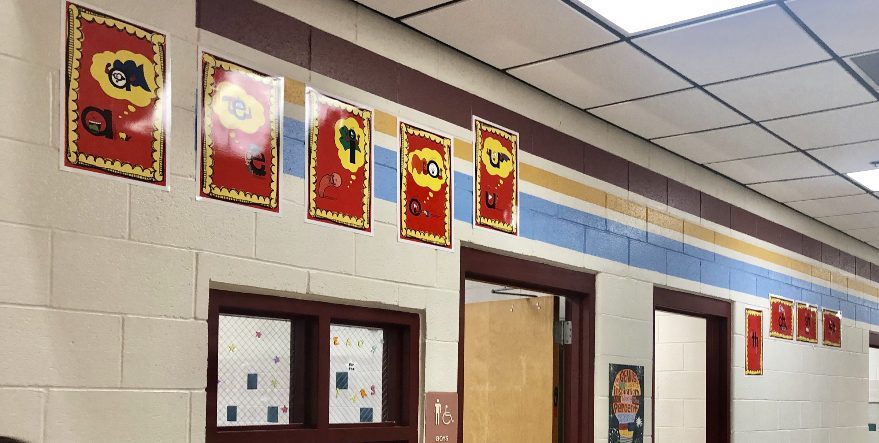

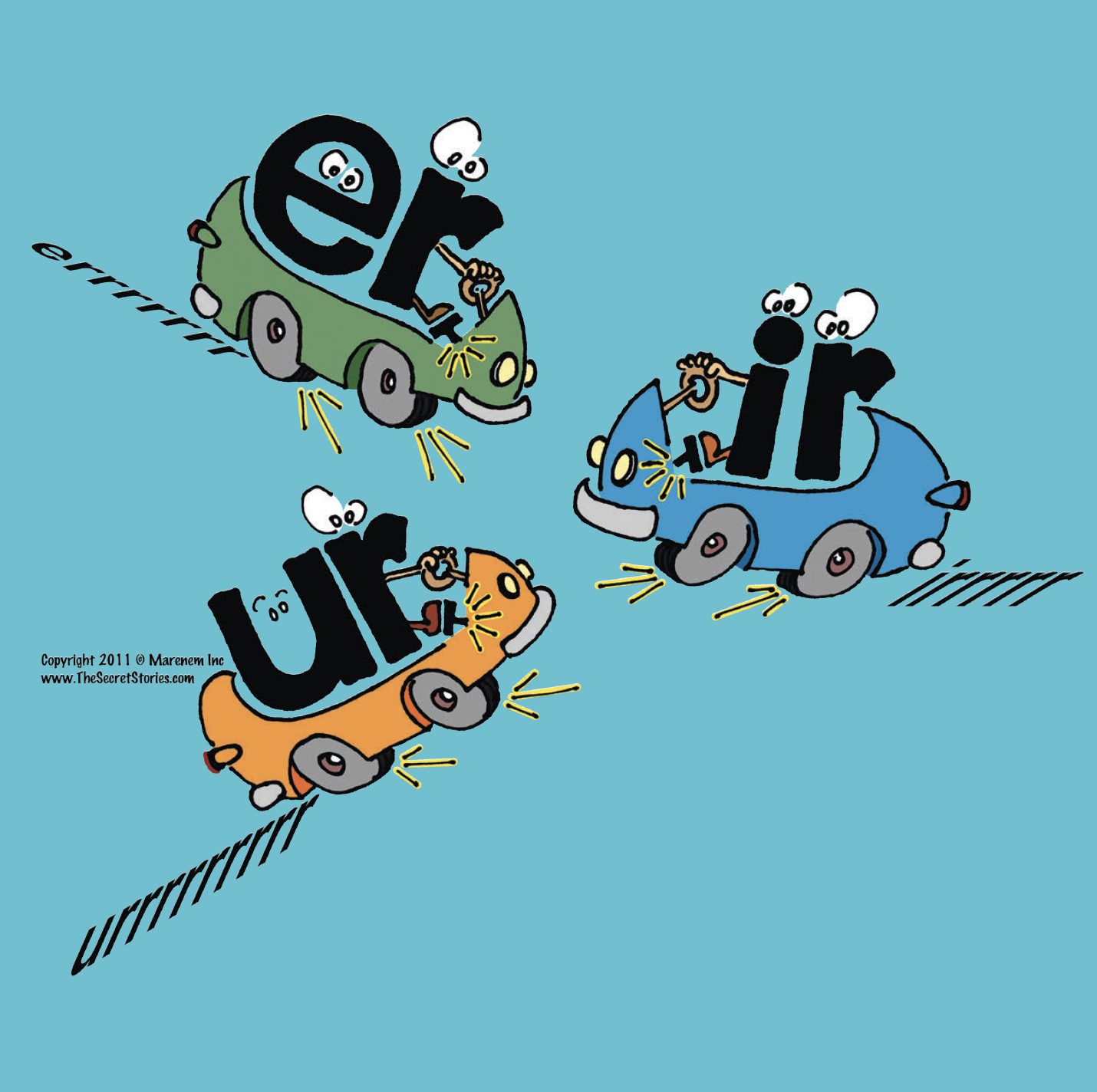
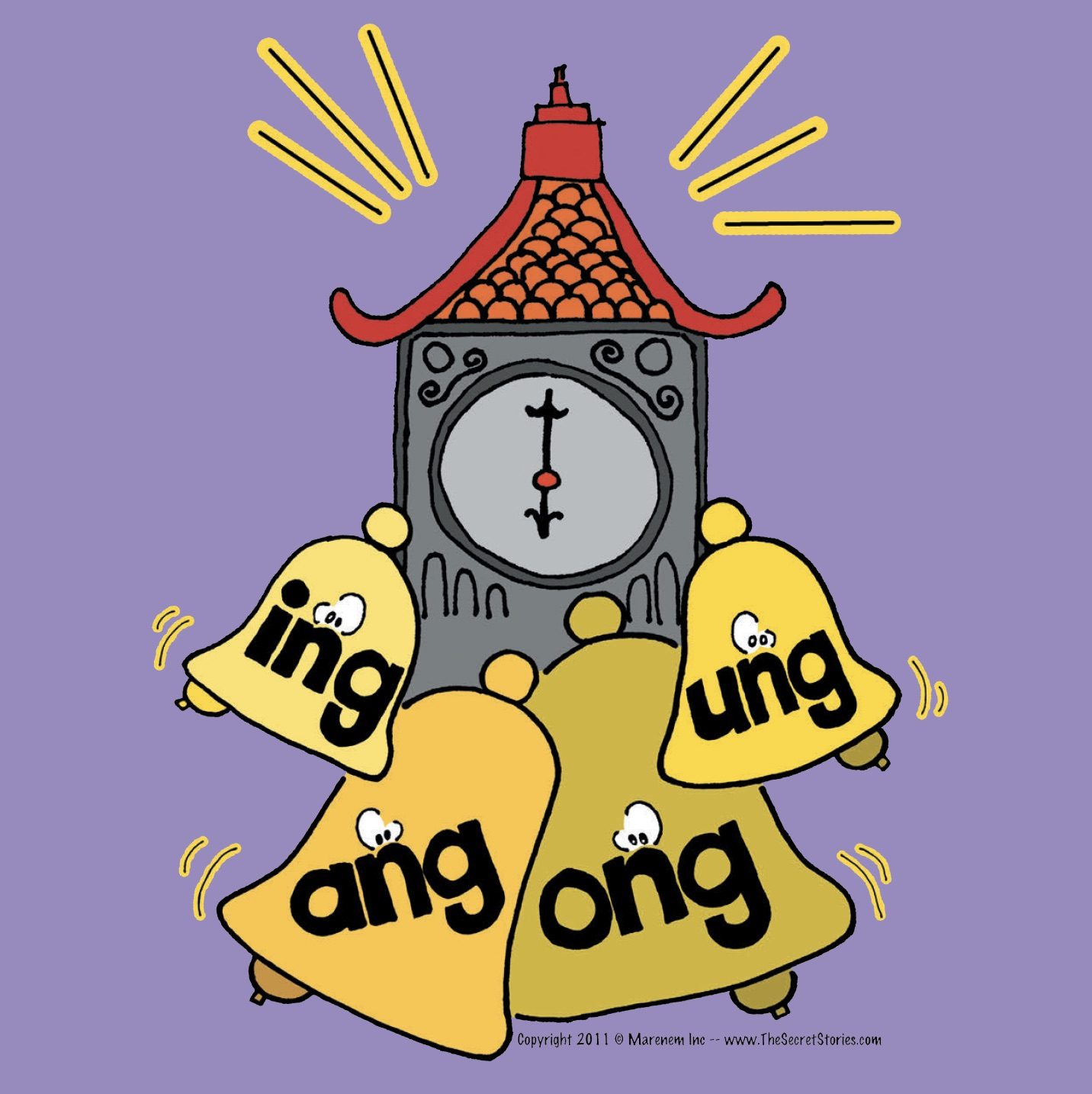
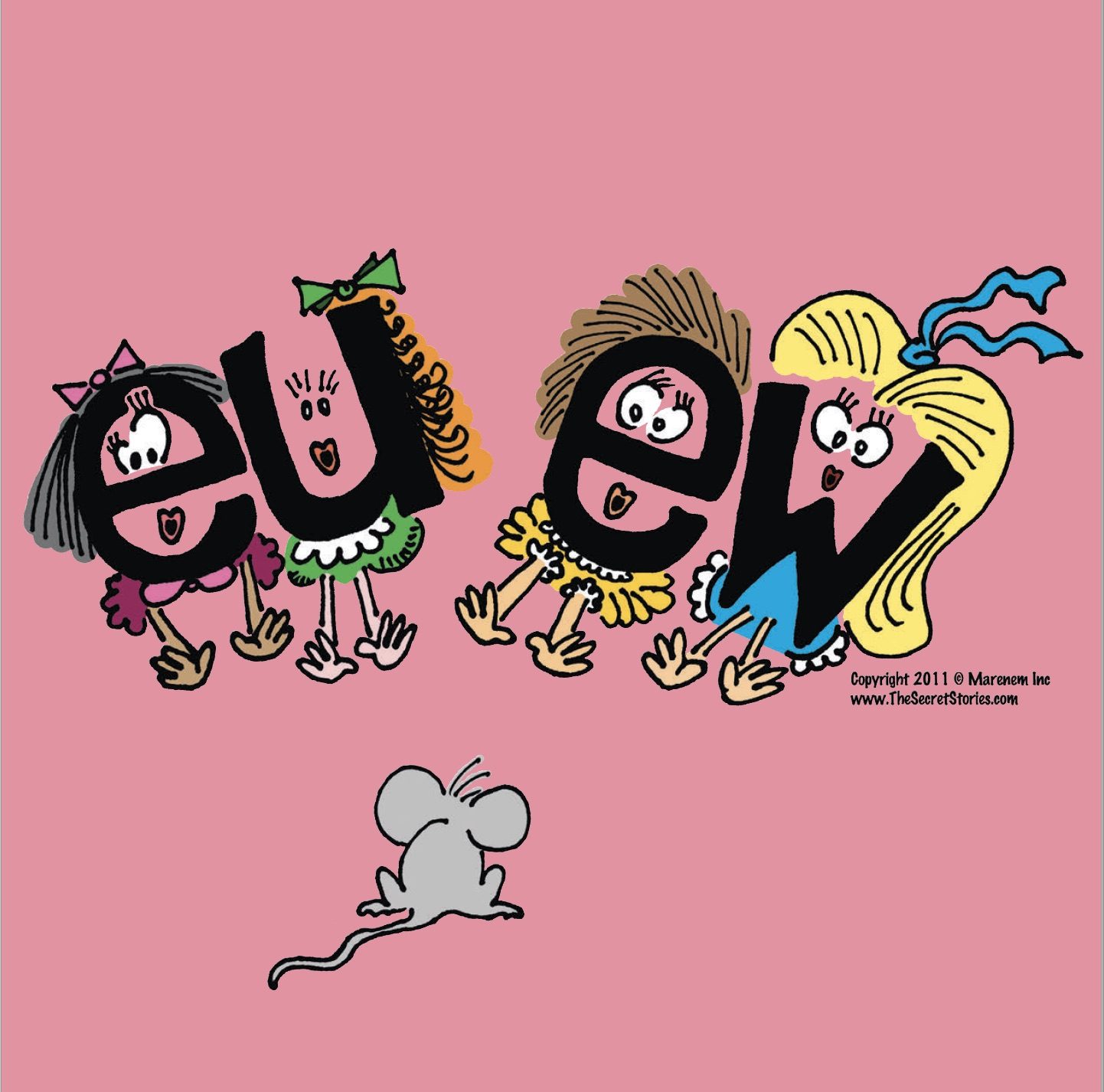
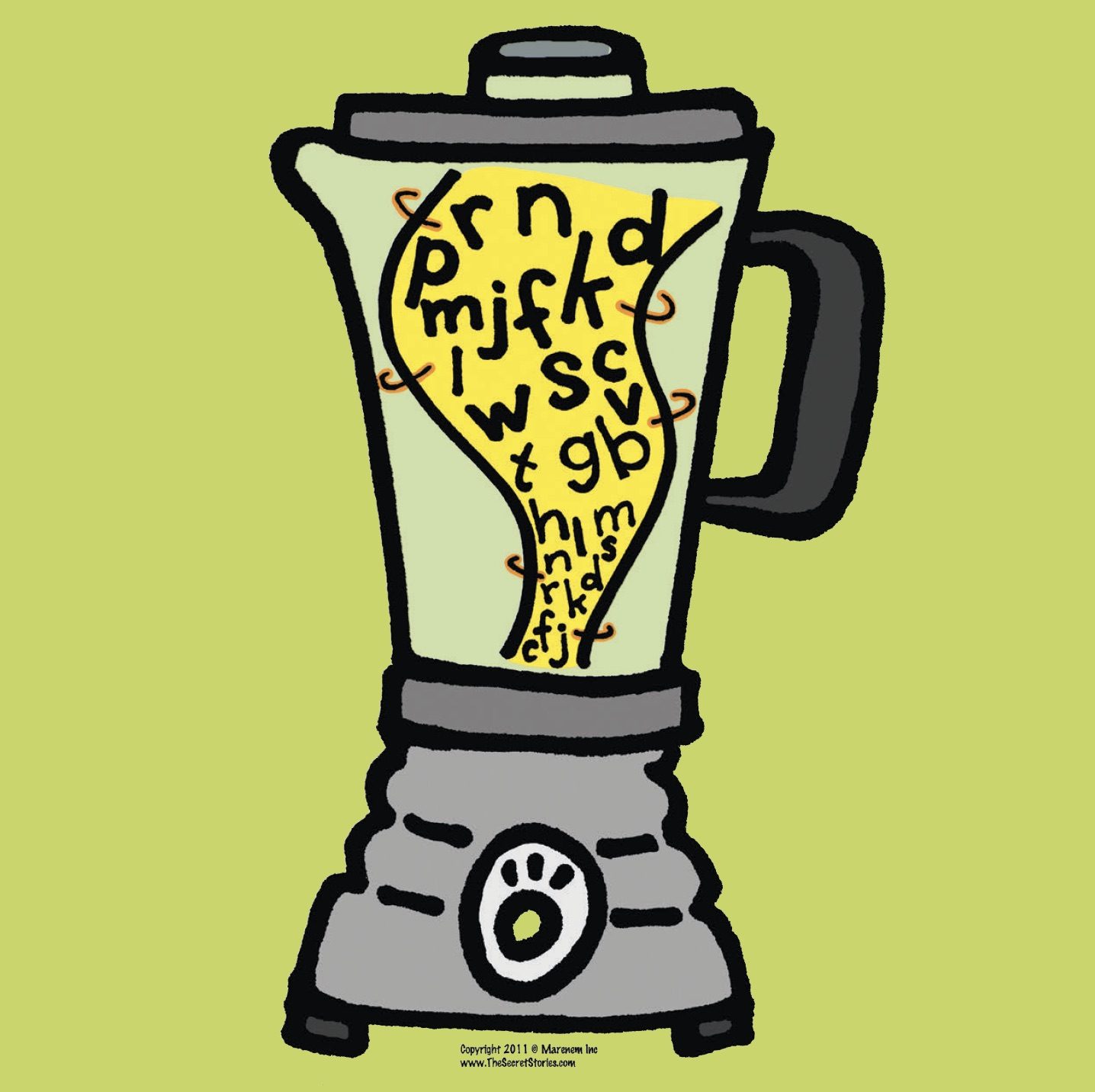
In the lunchroom, kids even sing the “Better Alphabet Song” at the lunch tables! One kindergarten classroom sang “Happy Birthday” to their teacher on her actual birthday with the letter sounds instead of the real lyrics! (You can see the “Letter Runs” song here sung to the tune of Star Wars, as you can sing it to any tune the kids like!) Secrets are always there, always teaching.
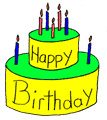
To close, I thought I might share some of the messages I received after Katie came and trained our teachers to get them started. We have had a few collaboration sessions on how to implement what she taught us, and since then, I’ve received some of the following messages from other teachers in other schools in my county who I’ve helped implement this amazing tool….
“You can hear Secret Stories all over our building!”
“Everybody has embraced the Secret Stories and they use them every single day….singing ‘The Better Alphabet Song’ and sharing Secrets, decoding their names and every word they see. They love it!”
“I’m so thankful you introduced this [Secret Stories] to us! Thank you!”
“They [Secret Stories] are so easily incorporated!”
“I love it so much! Thank you!”
“When I’ve been testing my kids on letter sounds, they use the sound cues to remember the short vowel sounds (short & lazy) and their [superhero] arms for the long vowel sounds.”
“Best part of my day is walking down the K-2 hallway and hearing the kids singing ‘The Better Alphabet Song!” Thank you so much for bringing this to our county!” –Principal
And my absolute favorite was from a collaboration session with teachers about how using Secret Stories is going in their classrooms, now that they’ve had a chance to get started, and it’s from veteran kindergarten teacher, Deanna Bailey:
“When Katie came and showed us those writing samples, I was really intimidated! I’m just going to be honest. I thought, there is no way I am going to get my kids there by the end of kindergarten! BUT…after using them in my room with my students, I can now say to anyone who feels this way…. ‘The intimidation needs to go down and the expectations need to rise up…a lot!’
What a testament to the power of backdoor learning with the Secret Stories! Expectations are rising in Wyoming County, and with them, our reading levels, test scores, and most importantly, our enthusiasm for reading and writing!
THANK YOU THANK YOU THANK YOU Amy Mitchell!
I have nothing at all to add to your wonderful post, except to share a the two videos, below. They were taken at the district workshop that you mentioned, and I wanted to include them with your post because they bring to much the excitement that you shared about working with your students. I loved watching them, and I especially loved reading about all of the wonderful things that are happening in your district, particularly the point Deanna in regard to shifting our mindset about what kids can do, and when they can do it! That’s really the only “tricky” part of using Secret Stories®…..to change the way you think and allow the brain to do what it does best…. which is to MAKE SENSE of what being learned. Simply put, that’s all Secret Stories® do— they make PHONICS make SENSE, so that you can get on with the real reading and writing FUN!
Addendum to Original Post
If you follow @TheSecretStories on Instagram, you might have seen the post below, but it’s worth sharing here, just in case! It was originally posted by Brandie Kennedy @DeepInTheHeartofFirstGrade. 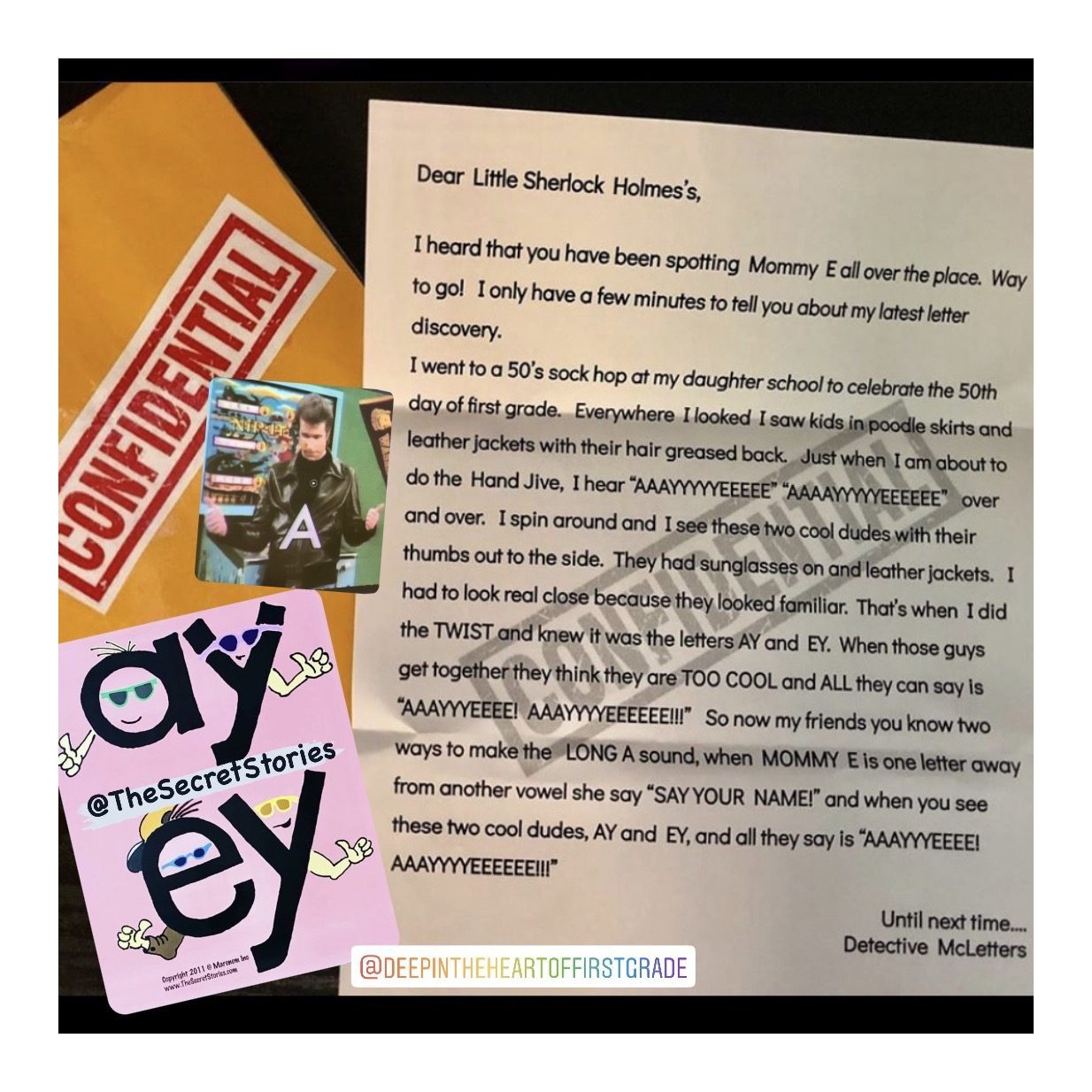
We decided to add a twist to our Secret Stories® fun! When learning about different sounds, we receive a mysterious letter from “Detective McLetters,” who is always on the hunt for letters and the sounds they make!
We play the “Mission Impossible” music, and the kids know that there is a letter hidden somewhere in our room! Then we read the letter to learn the Secret Story that Detective McLetters has discovered! Today, we were introduced to the ‘two cool dudes,’ AY & EY! We also learned who Fonzie was as well for reference.👍🏽 —Brandie Kennedy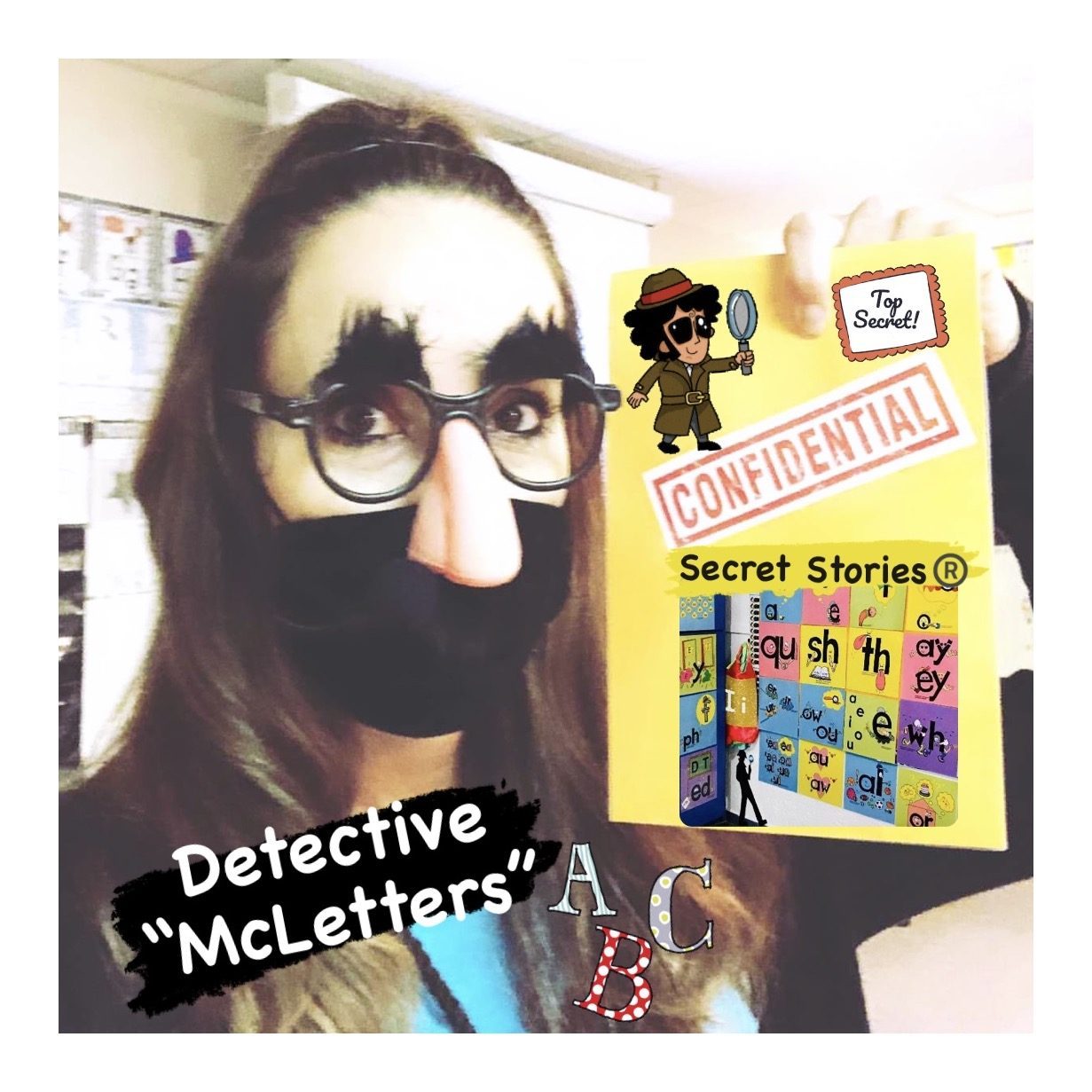
I hope to be able to share more from Brandie soon!



 ®2012
®2012